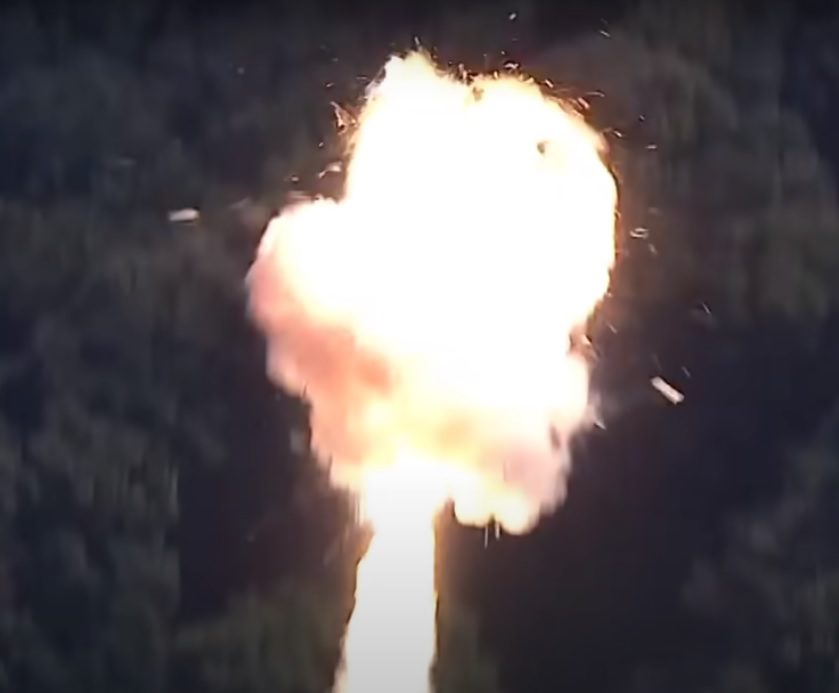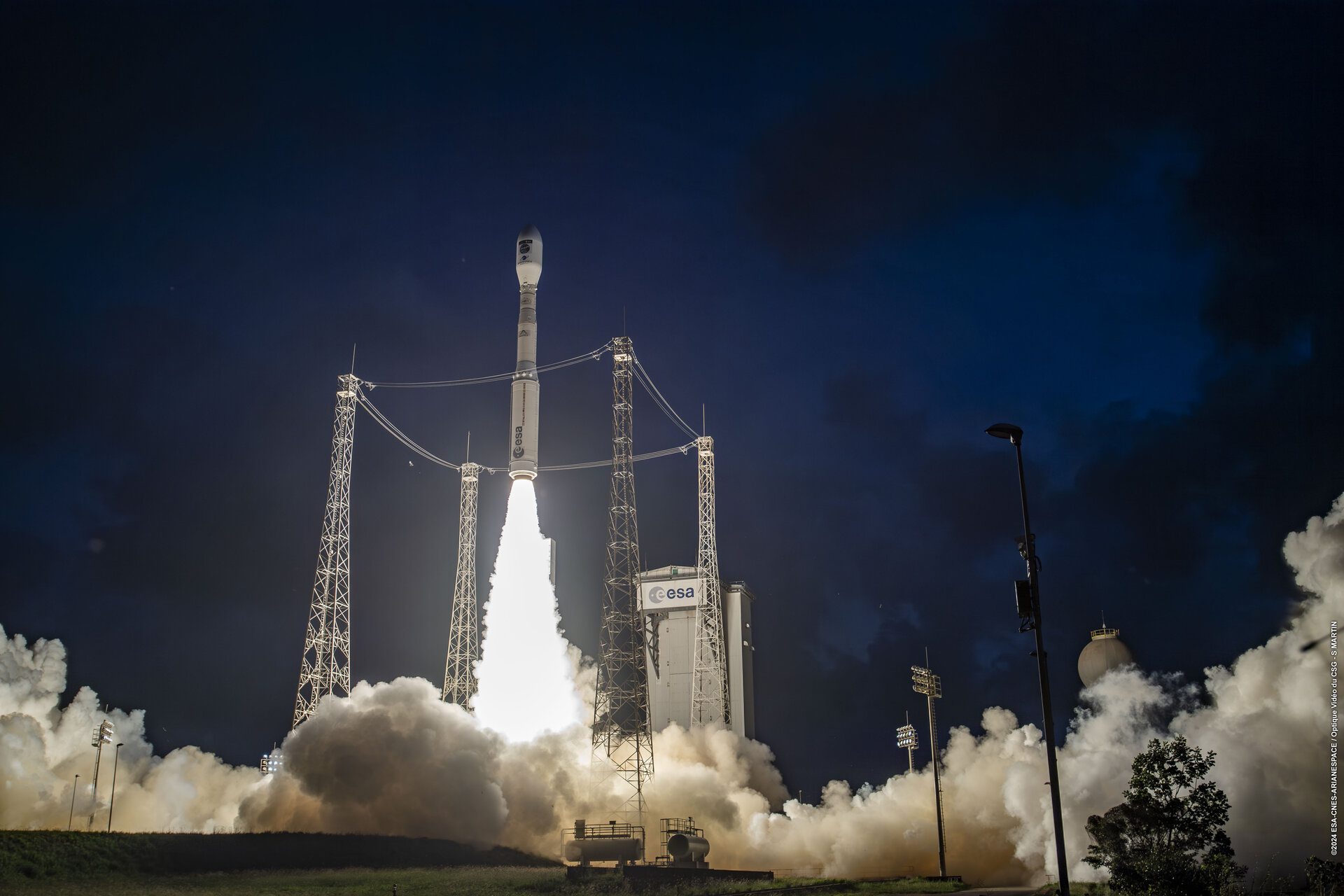NASA has ordered a second post-certification mission from commercial provider SpaceX in Hawthorne, California. The order represents the second manned, fully commercial NASA flight to the International Space Station (ISS) for SpaceX and its Dragon V2 capsule. Unmanned and manned demonstrator flights will be flown before manned flights are begun.
“The order of a second crew rotation mission from SpaceX, paired with the two ordered from Boeing will help ensure reliable access to the station on American spacecraft and rockets,” said Kathy Lueders, manager of NASA’s Commercial Crew Program. “These systems will ensure reliable U.S. crew rotation services to the station, and will serve as a lifeboat for the space station for up to seven months.”
The order is the fourth and final guaranteed order NASA will make under the Commercial Crew Transportation Capability (CCtCap) contracts. Boeing received its two orders in May and December of 2015 for commercial manned flights of its CST-100 Starliner capsule. SpaceX received its initial order for a commercial flight of its manned Dragon in November 2015.
While manned test flights of the new Dragon are expected in 2017, full commercial manned flights, including the one resulting from this order are not expected to start until 2018. Boeing is in a similar position.
According to NASA, SpaceX met the criteria for this latest award after it successfully completed interim developmental milestones and internal design reviews for its Crew Dragon spacecraft, Falcon 9 rocket and associated ground systems.
SpaceX is building four Crew Dragon spacecraft at its Hawthorne facility — two for qualification testing and two for flight tests next year. The company also is in the process of modifying Launch Pad 39A at NASA’s Kennedy Space Center in Florida, from which the company will launch future crewed missions to the space station.
A standard commercial crew mission to the station will carry as many as four crew members and about 220 pounds of pressurized cargo, and remain at the station for as long as 210 days, available as an emergency lifeboat during that time.






